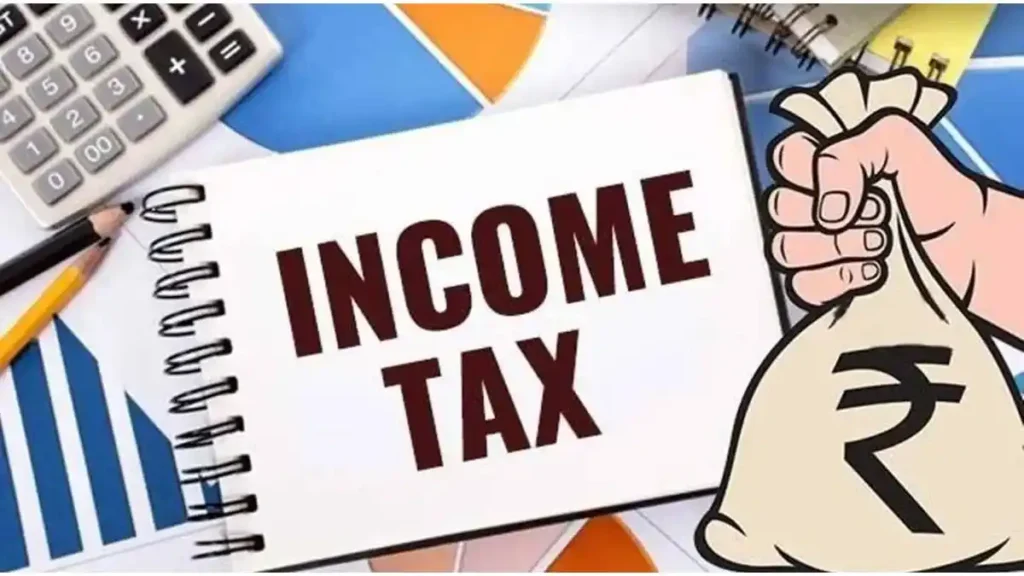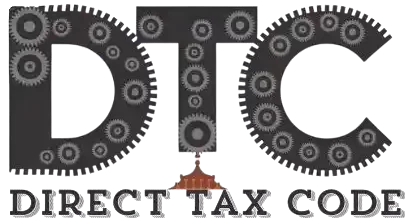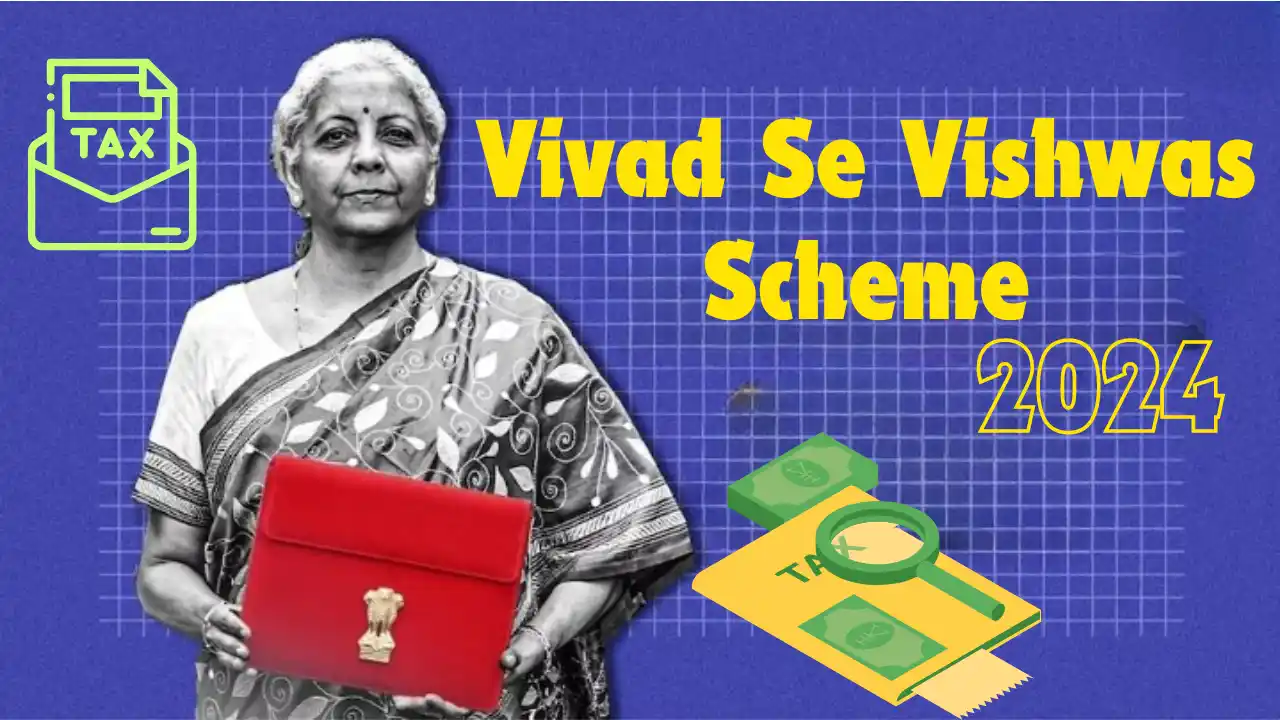The Central Board of Direct Taxes (CBDT) has officially announced the Direct Tax Vivad Se Vishwas Scheme, 2024 (DTVSV), set to take effect on October 1, 2024. This scheme, introduced in the Union Budget 2024-25 by Finance Minister Nirmala Sitharaman, aims to resolve pending income tax disputes efficiently. Let’s delve into the details of this scheme and understand its implications for taxpayers.
What is the DTVSV Scheme 2024?
The Direct Tax Vivad Se Vishwas Scheme 2024 is a dispute resolution mechanism to settle ongoing income tax appeals and litigation. It allows taxpayers to resolve their tax disputes by paying a specified amount, often lower than the original disputed amount, in exchange for a full and final settlement.
Key Features of the DTVSV Scheme 2024:
- Effective Date: The scheme will come into force on October 1, 2024.
- Differential Settlement Amounts: The scheme introduces the concept of “new appellants” and “old appellants,” offering lower settlement amounts to new appellants.
- Time-bound Incentives: Taxpayers who file their declarations by December 31, 2024, will benefit from reduced settlement amounts compared to those who file later.
- Comprehensive Coverage: The scheme covers various types of tax disputes, including disputed tax, disputed penalty, disputed interest, and disputed fees.
- Multiple Forum Resolution: It addresses disputes pending before different appellate forums, including the Commissioner (Appeals), Income Tax Appellate Tribunal (ITAT), High Courts, and the Supreme Court.
Implementation Process:
The CBDT has introduced four specific forms to facilitate the implementation of the DTVSV Scheme 2024:
- Form-1: Declaration and Undertaking by the Declarant
- Purpose: To file the initial declaration for dispute resolution
- Key Point: Must be filed separately for each dispute unless both the appellant and the income tax authority have filed appeals against the same order
- Form-2: Certificate Issued by the Designated Authority
- Purpose: Official acknowledgment of the declaration and determination of the payable amount
- Form-3: Intimation of Payment by the Declarant
- Purpose: To notify the authorities of the payment made
- Requirement: Must be submitted along with proof of withdrawal of any related appeals, objections, or petitions
- Form-4: Order for Full and Final Settlement of Tax Arrears
- Purpose: Official confirmation of dispute settlement and granting of immunity
Online Filing of Vivad Se Vishwas Scheme
Forms 1 and 3 must be filed electronically through the Income Tax Department’s e-filing portal (www.incometax.gov.in).
Comparison: Previous Scheme vs DTVSV 2024
To better understand the DTVSV Scheme 2024, let’s compare it with its predecessor and highlight the key changes:
| Features | Previous | Current |
| Effective Date | 2020 | October 1, 2024 |
| Appellant Categories | No distinction | New appellants’ and ‘Old appellants’ |
| Time-bound Incentives | Fixed deadline | Reduced amounts for declarations by December 31, 2024 |
| Dispute Coverage | Limited | Comprehensive (tax, penalty, interest, fees) |
| Implementation Forms | Varied | Four specific forms (Form-1 to Form-4) |
| Electronic Filing | Optional | Mandatory for Forms 1 and 3 |
This comparison highlights the significant changes introduced in the DTVSV Scheme 2024, showcasing its more comprehensive and tailored approach to dispute resolution.
Pros and Cons of DTVSV Scheme 2024 for Indian Citizens
To provide a balanced perspective on the DTVSV Scheme 2024, let’s examine its advantages and potential drawbacks for Indian citizens:
| Pros | Cons |
| Quick resolution of long-standing tax disputes | May require upfront payment of disputed amounts |
| Potential for reduced settlement amounts | Limited time frame for maximum benefits |
| Immunity from prosecution and penalties | Waiver of right to further litigation on the settled dispute |
| Reduction in legal costs and time | May not be beneficial for strong cases likely to be won in court |
| Improved cash flow management for businesses | It may not be beneficial for strong cases likely to be won in court |
| Closure of historical tax issues | Complex calculations may require professional assistance |
This pros and cons analysis provides Indian citizens with a balanced view of the DTVSV Scheme 2024, helping them make informed decisions about participating in the scheme.

Important Terms and Concepts:
- New Appellant: A taxpayer who became an appellant after January 31, 2020, but on or before the specified date.
- Old Appellant: A taxpayer who was an appellant on or before January 31, 2020, and continues to be an appellant at the same appellate forum on the specified date.
- Tax Arrear: The term encompasses disputed tax, interest, penalty, or fee about an assessment year or financial year, as applicable.
- Designated Authority: The official appointed by the Principal Chief Commissioner to manage and oversee the scheme’s implementation in their jurisdiction.
- Disputed Tax: The tax determined under the Income-tax Act, 1961, or the tax determined under the Income-tax Act, 1922, about which the assessee or the income-tax authority has filed an appeal.
- Specified Date: The last date for filing of declarations under the DTVSV Scheme 2024.
Amendments and New Introductions:
- Differentiated Treatment: Introducing “new appellant” and “old appellant” categories allows for more tailored settlement amounts.
- Time-bound Incentives: The scheme now offers additional benefits for early declaration, encouraging quicker dispute resolution.
- Comprehensive Coverage: Unlike previous schemes, DTVSV 2024 covers a wider range of tax disputes, including penalties and fees.
- Structured Implementation: The introduction of specific forms (Form-1 to Form-4) streamlines the process and ensures uniformity in implementation.
- Electronic Filing Mandate: Mandatory electronic filing for certain forms aligns with the government’s digital push and enhances efficiency.
- Dispute-specific Declarations: The requirement to file separate Form-1 for each dispute (with exceptions) allows for more precise resolution of individual issues.
Implications for Taxpayers:
- Opportunity for Closure: The scheme provides a unique opportunity for taxpayers to close long-standing tax disputes and start afresh.
- Financial Planning: With clear timelines and settlement amounts, taxpayers can better plan their finances and cash flows.
- Risk Mitigation: The immunity from prosecution and penalties offers significant risk mitigation for disputed tax matters.
- Cost-Benefit Analysis: Taxpayers must carefully evaluate the costs of continuing litigation versus settling under the scheme.
- Professional Guidance: Given the complexities involved, seeking professional tax advice may be crucial for making informed decisions.
Conclusion:
The Direct Tax Vivad Se Vishwas Scheme 2024 represents a significant step in the Indian government’s efforts to resolve tax disputes and improve business efficiency. By offering differentiated treatment, time-bound incentives, and a structured implementation process, the scheme aims to encourage quick and efficient resolution of tax disputes.
However, taxpayers should carefully consider their circumstances, the strength of their case, and the potential long-term implications before opting for the scheme. While it offers several advantages, including quick resolution and potential cost savings, it also requires careful analysis and potentially the guidance of tax professionals.
As the scheme rolls out from October 1, 2024, it will be interesting to observe its impact on the backlog of tax disputes and its reception among taxpayers. The success of the DTVSV Scheme 2024 could pave the way for more innovative approaches to tax dispute resolution in the future, potentially transforming the landscape of tax litigation in India.



